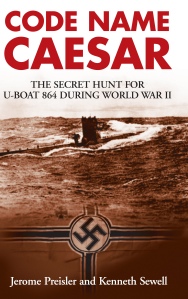This weekend, the UK will commemorate the 70th anniversary of VE Day.
On 8th May 1945 at 3pm (GMT), the end of the war in Europe was marked by Winston Churchill, as he addressed the nation and the Empire from the Treasury Balcony in Whitehall (quoted from The Telegraph):
“The German war is therefore at an end. After years of intense preparation Germany hurled herself on Poland at the beginning of September 1939 and, in pursuance of our guarantee to Poland, and in common action with the French Republic, Great Britain and the British Empire and the Commonwealth of Nations declared war against this foul aggression.
“After gallant France had been struck down we from this island and from our united Empire maintained the struggle single-handed for a whole year until we were joined by the military might of Soviet Russia and later by the overwhelming power and resources of the United States of America.
“Finally almost the whole world was combined against the evildoers, who are now prostrate before us. Our gratitude to our splendid Allies goes forth from all our hearts.
“We may allow ourselves a brief period of rejoicing, but let us not forget for a moment the toils and efforts that lie ahead.”
In celebration, pubs stayed open late, street parties lined once-empty roads and the public received their first weather forecast since the war began.
Though VE Day was the end of the war in Europe – it marked the final defeat of Hitler and the Nazis – it would take another three months before the Japanese surrendered and ended World War II.
Lest we forget. We will remember those who made the ultimate sacrifice for the freedom we enjoy today.
Re-discover the historic events that led up to VE Day in 1945 with Alexander McKee’s Caen: Anvil of Victory.
Today it is almost forgotten that the D-Day landings of 6 June 1944 did not bring a single, isolated victory. As this masterly book reminds us, that first foothold on enemy shores was won at enormous cost, and for two months afterwards a fierce battle raged for the control of Caen. Using the personal accounts of those who took part in the fighting, both Allied and German, and of the French civilians caught up in the conflict, McKee brilliantly reconstructs the bitter struggle that ravaged Normandy throughout the summer of 1944 before the Allied position in Europe was finally secured.
“A minor classic of Second World War historiography.”
‘New Statesman’
“An excellent series of eye-witness accounts from both sides… an excellent ‘worm’s eye view’ of the fighting.”
‘Daily Telegraph’
To see the schedule of commemoration events, visit The Royal British Legion.
To buy a copy of Alexander McKee’s Caen: Anvil of Victory, click here.
To see other Alexander McKee books, click here.



